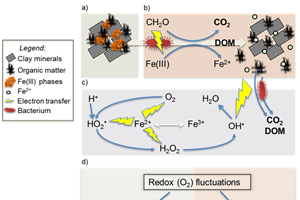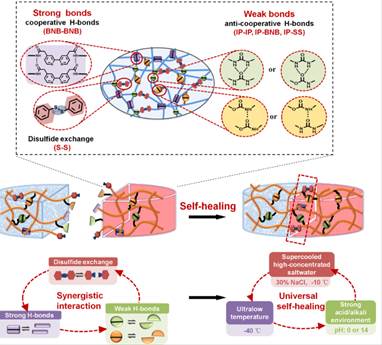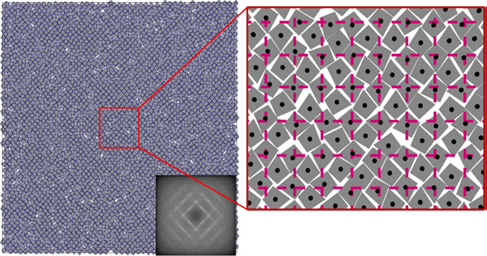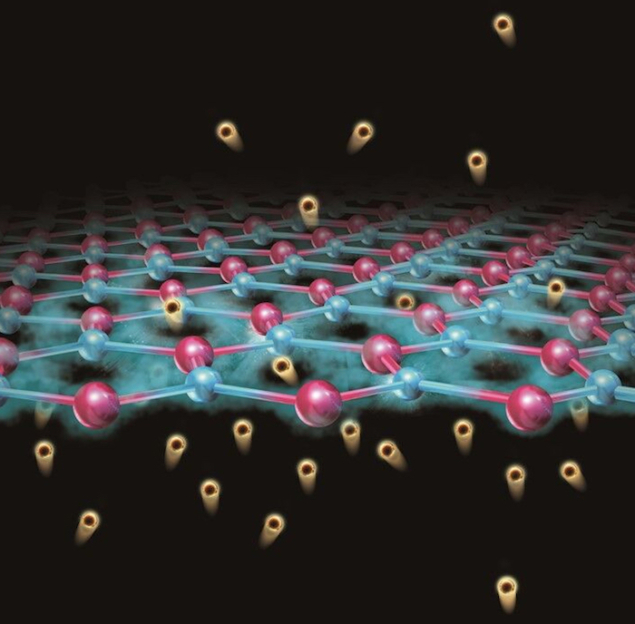-

TJU Researchers Find New Way to Inhibit Tumor
Associate Professor Li Nan’s group from the School of Pharmaceutical Science and Technology reported a boosted photocatalytic activity induced NAMPT-regulating therapy to simultaneously inhibit tumor proliferation, migration, and inflammation, offering a new point of view for cancer therapy with low side effects and high therapeutic efficacy. The research result was published on Biomaterials ...
-

Research Progress on Iron-Mediated Soil Carbon Cycling
Dr. Chunmei Chen from Tianjin University’s School of Earth System Science together with her collaborators from University of Georgia, Iowa State University and University of Delaware, have demonstrated that iron-mediated organic matter decomposition in humid soils can counteract its protection and their research result has been published in the journal Nature Communications under the title of ...
-

Researchers Develop Universally Autonomous Self-healing Elastomer
Synthetic materials that can mimic self-healing natural tissues such as skins and muscles are now widely applied to e-skin, wearable electronic devices, and artificial muscles, significantly improving materials’ lifetime, robustness and safety.However, it is very challenging to develop autonomous self-healing materials for applications in harsh conditions such as at ultralow temperatures, in s...
-

Researchers Reveal New Tetratic-ordered Phases Formed by Completely Rotationally Asymmetric Particles
A research team led by Tianjin University has discovered by simulation techniques that tetratic-ordered phases possessing four-fold rotational symmetry can be formed by hard kites that are completely rotationally asymmetric. A novel crystal phase, tetragonal rectangular crystal phase, is reported.The researchers reported a new crystal phase, tetragonal rectangular crystal phase formed by 94.5°...
-

A New Two-Dimensional Photocatalytic Material Utilizes CO2 and Produces Energy
Recently, Tianjin University’s professor Feng Wei's team has successfully synthesized two-dimensional gersiloxenes with tunable bandgap for photocatalytic H2 evolution and CO2 photoreduction to CO. It shows a great potential for an excellent photocatalyst with high efficiency for hydrogen production and reduction of CO2 to CO at room temperature. The relevant research work has been published i...
-

Atomically Thin Minerals Discovered as Excellent Proton Conductors, Promising for Green Technology
A newly published article entitledA tomically-thin Micas as Proton Conducting Membranes in Nature Nanotechnology shows that atomically-thin micas, a type of common mineral found in soil are highly permeable to protons. As proton conductors are key parts to fuel cells and hydrogen-related technologies, this discovery may help promote the development of fuel cell cars and other green technologies...

